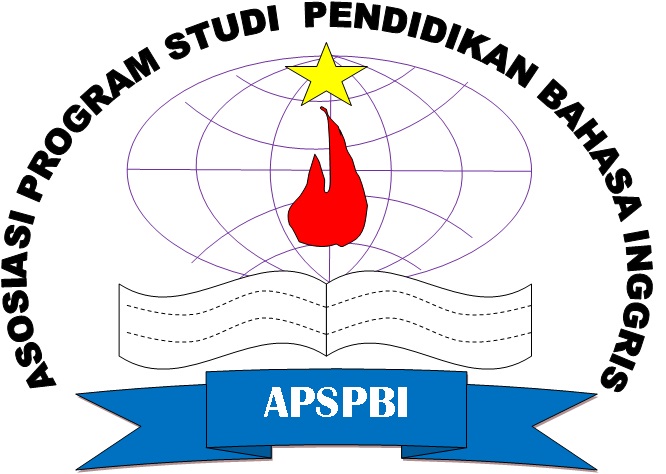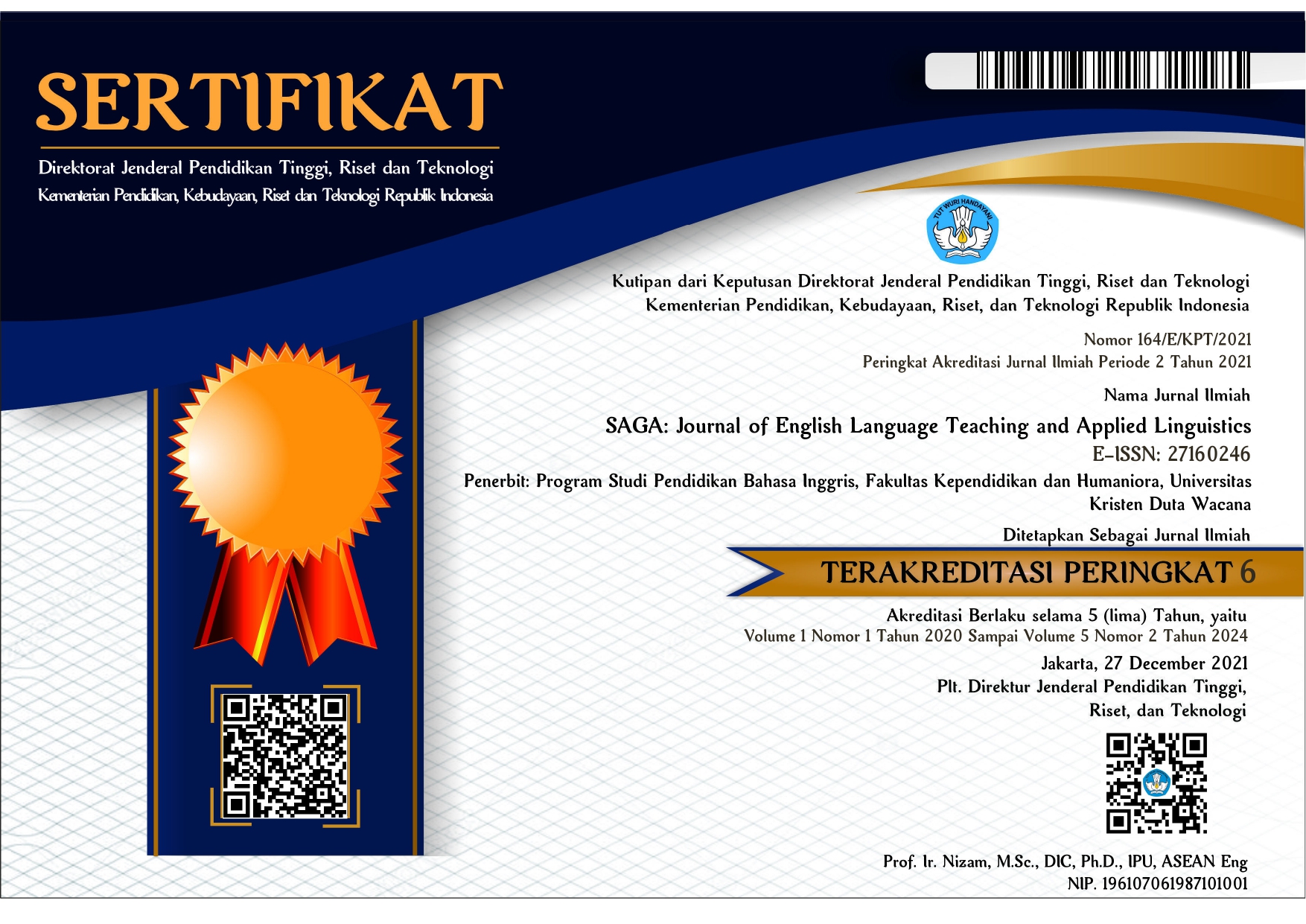Online and Offline Reading Materials from Students’ Perspective
DOI:
https://doi.org/10.21460/saga.2024.51.181Keywords:
Online, offline, reading materialsAbstract
In this digital era, reading can be done anywhere and anytime. Nowadays, as the rapid development of technology, there are many learning sources available in online platform such as website. As a result, it also affected students’ habit in reading. Moreover, reading online is different from reading offline. In reading offline, the students need printed reading materials such as book, novel, newspaper, or magazine. However, offline reading does not need any printed materials, except the computer, laptop, or smart phone. Students often got difficulties in choosing their reading materials when they are given freedom to choose their own materials from online or offline sources. In this article, the researcher aimed to find out the students’ perspective toward reading using online and offline materials as well as its benefits and drawbacks. This research used descriptive qualitative research method. The researcher obtained the data from questionnaire, interview, and field observation. There were 25 students involved in this research. The findings indicated that students usually read in their free time, they are familiar with e-book materials, students’ reading motivation affected by formal features of a book, printed book is easier to be understood, both online and offline materials is interesting, online platform is more update in giving news, and they like to read book from both Indonesian and foreign authors.
References
Anyim, W. O. (2021). Readers’ perception and preferences for online and print newspapers in the university library. Library Philosophy and Practice, December, 1–16.
Breso-Grancha, N., Jorques-Infante, M. J., & Moret-Tatay, C. (2022). Reading digital- versus print-easy texts: A study with university students who prefer digital sources. Psicologia: Reflexao e Critica, 35(1). https://doi.org/10.1186/s41155-022-00212-4
Budnyk, O., Kachak, T., & Blyznyuk, Y. (2021). Printed and e-book problems of choice of modern students of the Livro impresso e digital. Revista Tempos e Espacos em Educacao, 14 (3), 1-10.
Dahlstrom, E., Walker, J. D. D., & Dziuban, C. (2013). ECAR study of undergraduate students and information technology, 2013. Educause Centre for Applied Research, August, 1–49. https://doi.org/10.13140/RG.2.1.3030.7040
Tajuddin, E. S., & Mohamad, F., S. (2019). Paper versus screen: Impact on reading comprehension and speed. Indonesian Journal of Education Methods Development, 5, 1–12. https://doi.org/10.21070/ijemd.v3i2.20
Kuzmicova, A., Mangen, A., Stole, H., & Begnum, A. C. (2017). Literature and readers’ empathy: A qualitative text manipulation study. Language and Literature, 26(2), 137–152. https://doi.org/10.1177/0963947017704729
Mangen, A., Olivier, G., & Velay, J. L. (2019). Comparing comprehension of a long text read in print book and on kindle: Where in the text and when in the story? Frontiers in Psychology, 10(FEB). https://doi.org/10.3389/fpsyg.2019.00038
Noyes, J., & Garland, K. (2006). Explaining students’ attitudes toward books and computers. Computers in Human Behavior, 22(3), 351–363. https://doi.org/10.1016/j.chb.2004.09.004
Rockinson- Szapkiw, A. J., Courduff, J., Carter, K., & Bennett, D. (2013). Electronic versus traditional print textbooks: A comparison study on the influence of university students’ learning. Computers and Education, 63, 259–266. https://doi.org/10.1016/j.compedu.2012.11.022
Solak, E. (2014). Computer versus paper-based reading: A case study in English language teaching context. Mevlana International Journal of Education, 4(1), 202–211. https://doi.org/10.13054/mije.13.78.4.1
Son, J. B. (2013). Reading online and offline. International Journal of Computer-Assisted Language Learning and Teaching, 3(4), 25–32. https://doi.org/10.4018/ijcallt.2013100103
Srirahayu, D. P. (2020). Online and offline learning. Journal Of Southwest Jiaotong University, 55(6).
Staiger, J. (2012). How e-books are used. Reference & User Services Quarterly, 51(4), 355–365. https://doi.org/10.5860/rusq.51n4.355
Walters, W. H. (2013). E-books in academic libraries: Challenges for acquisition and collection management. Portal, 13(2), 187–211. https://doi.org/10.1353/pla.2013.0012
Zur, S., Zulkifli, M., & Hestiana, H. (2022). Students' interest in reading English texts. Iconic Journal. 148–157. https://doi.org/10.18502/kss.v7i8.10733
















